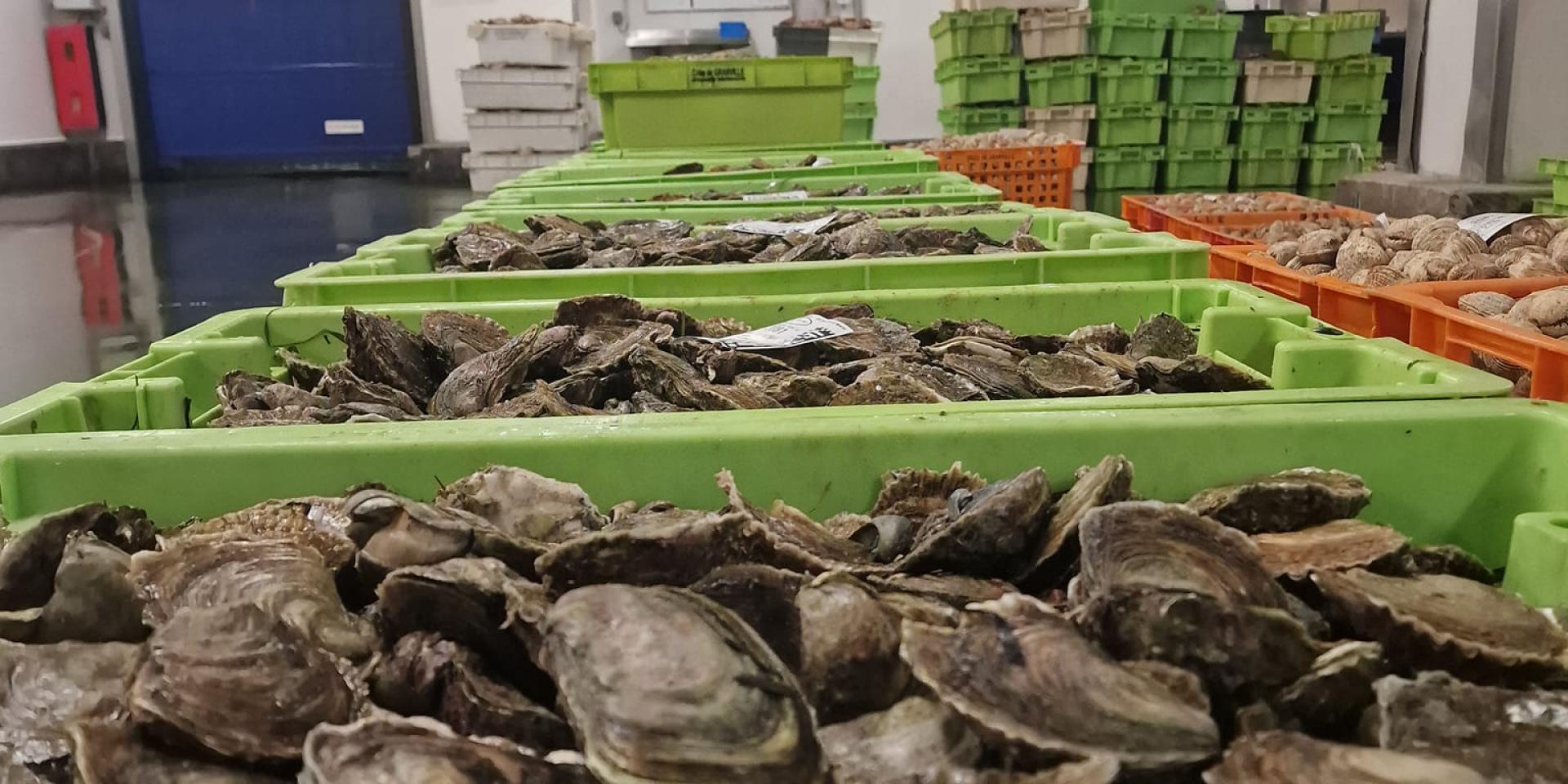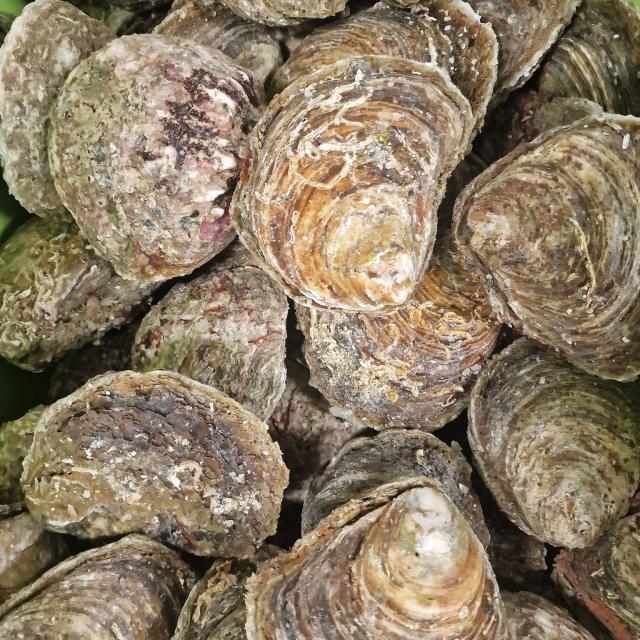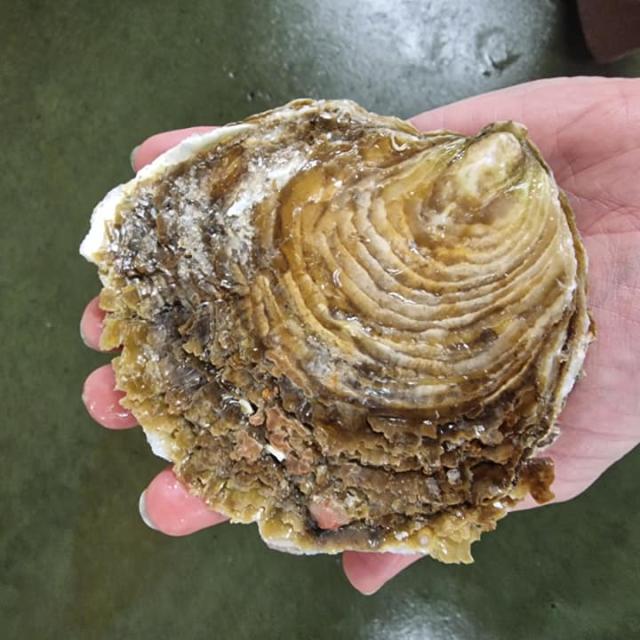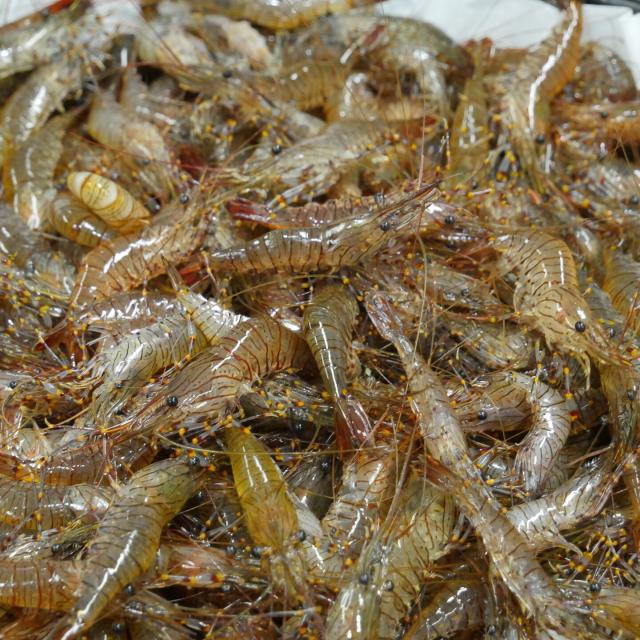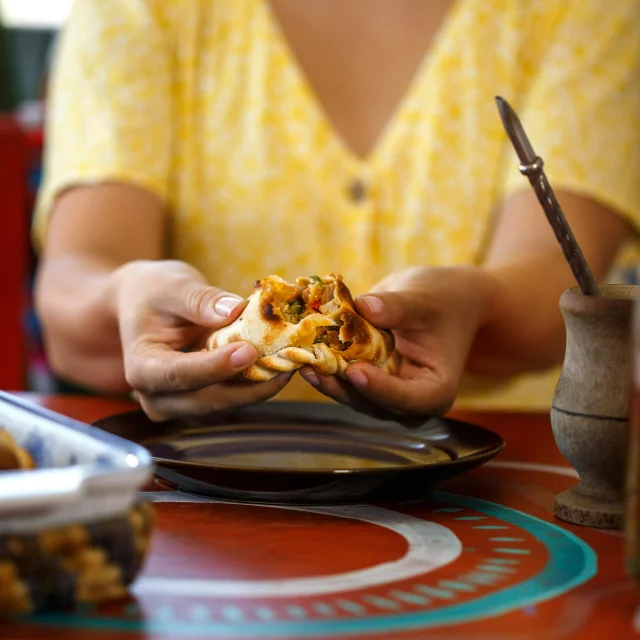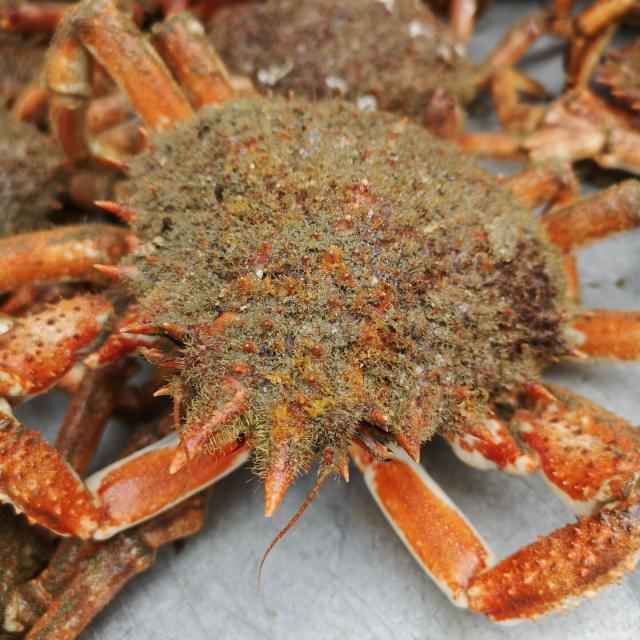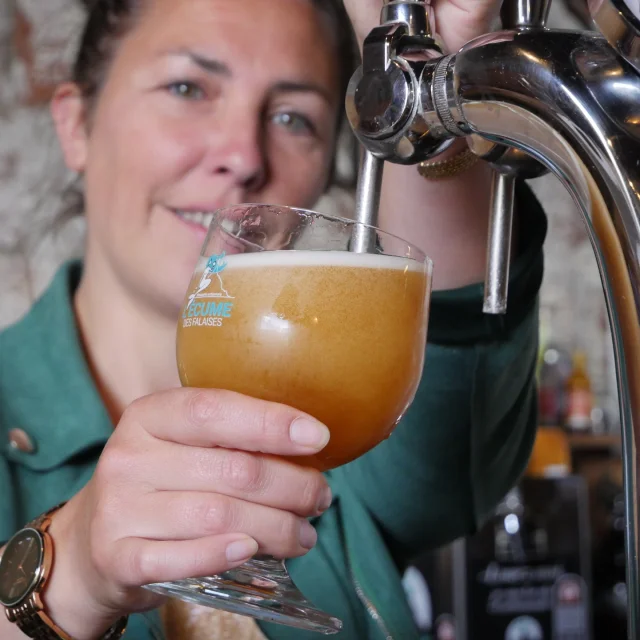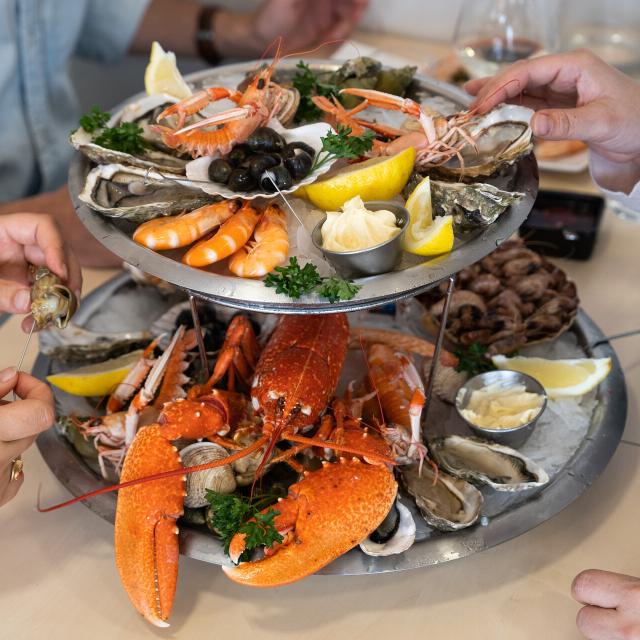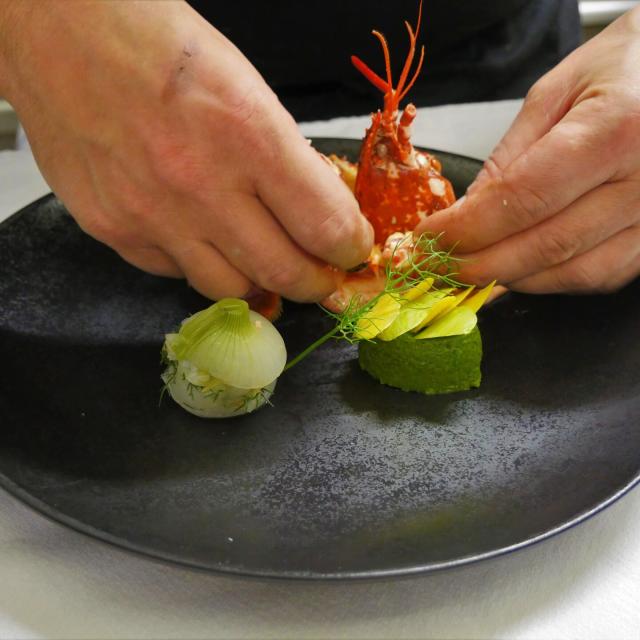From the 17th century to 1922, fishing for wild oysters, flat oysters and horse o ysters dominated coastal fishing in Granville. In the 19th century, 80 million oysters were still brought into port, but by the early 20th century, only “between one and three million” were being caught. Wild oysters are fished from September to May in the Bay of Mont-Saint-Michel, aboard bisquines equipped with dredges. The fleets of Bisquines searching for oysters made up the“caravans“, a term still used by sailors during the oyster-fishing season. Around ten boats fished in Granville, usually off the Pointe du Roc. Fishing days and times were regulated. The oysters were landed, sorted and sold in the port, either for direct consumption or for fattening in the oyster beds. At this time, Granville also had an oyster cannery. Between 1828 and 1835, according to Charles de la Morandière, “the number of shucked oysters was such that their shells formed an immense mound in front of Granville harbor, called ‘le talard’, 300 meters long by almost as wide and 2 to 3 meters high. “They were used as fill for the construction of the Rue Lecampion district of Granville. Overexploitation of wild oyster beds led to their disappearance around 1920.Oyster farming then took over.
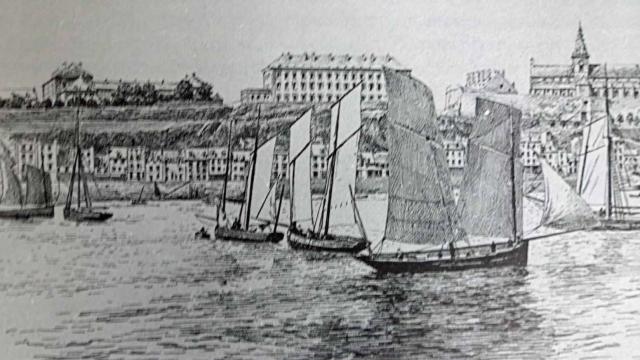 Caravane Bisquines Port Granville 02
Caravane Bisquines Port Granville 02